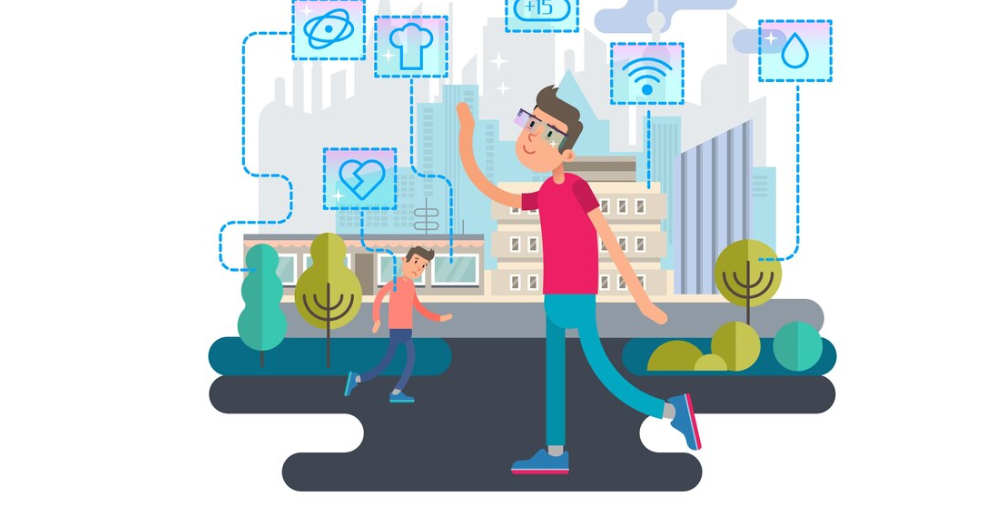Imagine a future where technology serves you without you needing to touch it, ask it, or even notice it. A world where the user interface fades into the background—and your intent becomes the interface.
Welcome to the Zero-Click Future: a paradigm shift in user experience (UX) where interaction becomes unnecessary, and systems anticipate what you need before you need it.
What Is Zero-Click UX?
Zero-click UX refers to an experience design philosophy where the user does not need to initiate an action to receive a result. The system proactively delivers value—automatically, invisibly, and intuitively.
Instead of:
- Typing a search,
- Clicking a button,
- Navigating a menu,
…you simply exist in a data-rich environment, and the system acts on your behalf based on context, behavior, and prediction.
Already Closer Than You Think
The zero-click future isn’t a sci-fi idea—it’s already emerging:
- Smart assistants (like Google Now or Siri Suggestions) propose reminders, routes, or messages before you ask.
- Email clients auto-sort, prioritize, or suggest replies based on your habits.
- Wearables track your biometrics and recommend hydration, rest, or movement without prompting.
- Streaming platforms autoplay next episodes or pre-select music based on mood analysis.
These are zero-click previews—early prototypes of a future where interaction is optional, not required.
The Technologies Behind It
Several innovations are converging to make this future possible:
- Ambient computing: Devices that sense and respond to your presence passively.
- Predictive AI: Machine learning models that understand intent and context at scale.
- Sensor fusion: Inputs from location, biometric, and environmental sensors allow deeper behavioral mapping.
- Edge computing: Processing data locally in real-time for instant responsiveness.
Combined, these technologies create an ecosystem that thinks ahead.
Benefits of a Clickless World
- 🧠 Cognitive ease: Fewer decisions = less mental fatigue.
- 🕒 Time-saving: No more navigating interfaces to complete basic tasks.
- 🌍 Inclusion: Easier access for people with disabilities or low-tech literacy.
- ⚡ Efficiency: Systems become faster by bypassing unnecessary layers of interaction.
When done well, the zero-click experience feels like telepathy.
But at What Cost?
A world without clicks is also a world with less consent and less transparency. Some challenges include:
- 🔍 Loss of agency: If decisions are made for you, are you still in control?
- 🧬 Over-personalization: The filter bubble may intensify as your preferences become predictive prisons.
- 🕵️ Privacy concerns: Anticipatory systems require deep surveillance to know what you want before you ask.
- 🧭 Reduced discoverability: If you’re always shown what you “probably want,” how do you stumble upon something new?
Zero-click UX simplifies, but it can also limit.
UX Design Without UX?
Ironically, the best zero-click systems erase UX design altogether. Interfaces dissolve. Buttons disappear. Menus vanish. You don’t interact with a screen—you interact with the world, and the system responds in the background.
The role of designers evolves:
- From visual layout to invisible flows.
- From user journeys to prediction curves.
- From aesthetics to ethics.
The UX of the future may be felt more than it is seen.
Final Thought: When Convenience Becomes the Interface
The zero-click future isn’t just about removing friction—it’s about rethinking the role of intention in digital systems. When the interface anticipates rather than responds, design becomes invisible, and experience becomes ambient.
But with invisibility comes responsibility.
In a world where no clicks are needed, the system chooses when to act—and you must trust that it chooses well.


